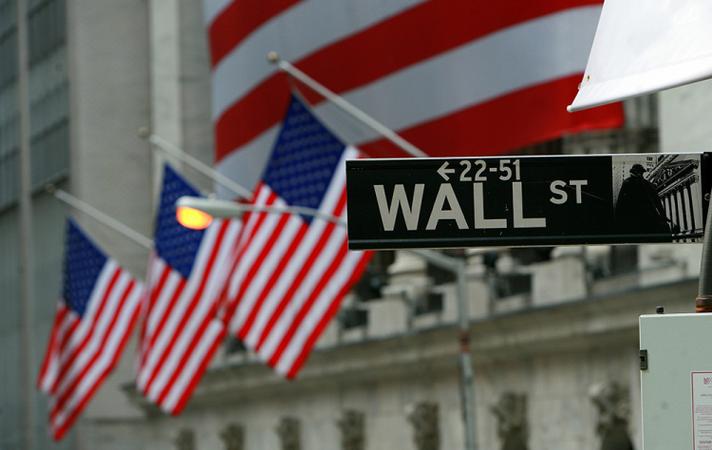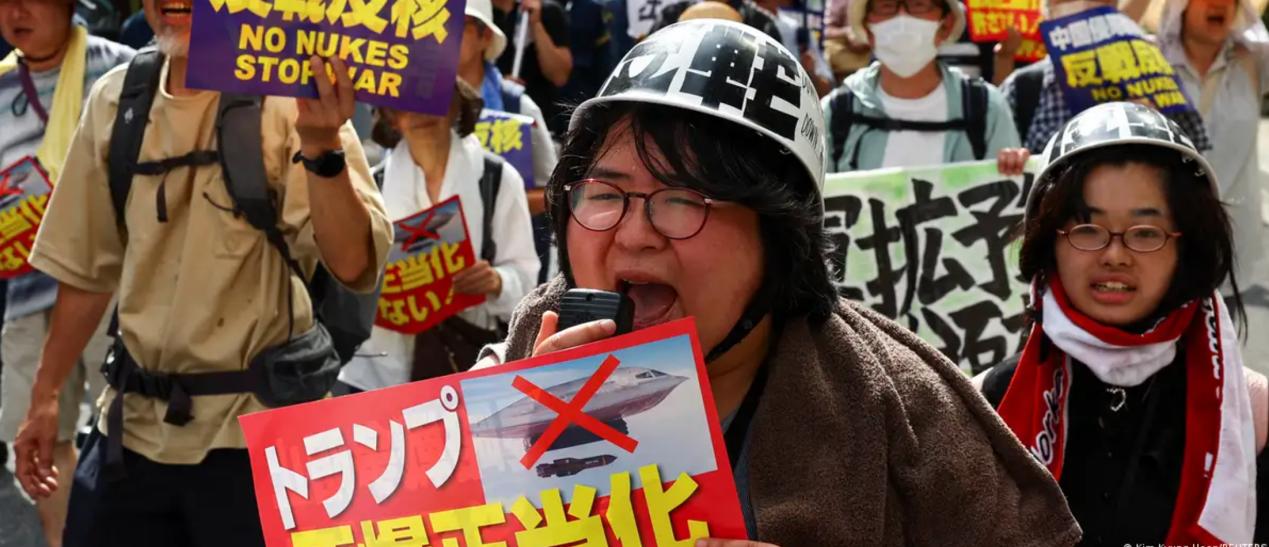
On September 17, 2025, the Federal Reserve announced a 25 basis point cut in the target range for the federal funds rate to 4.00% to 4.25%. This was its first rate cut in 2025 and the second easing after three rate cuts in 2024. Against the backdrop of a sluggish job market and weakened economic growth momentum, this interest rate cut has been interpreted by the market as a "preventive measure" to deal with the risks of economic downturn. However, whether the "prescription" of interest rate cuts can truly activate the US economy and promote its sustainable recovery still requires in-depth analysis from multiple dimensions such as policy effectiveness, economic problems and the external environment.
The boosting effect of interest rate cuts on the economy is first reflected in the reduction of financing costs. For enterprises, the decline in borrowing costs is expected to activate investment willingness, especially for technology and manufacturing companies, which may accelerate equipment renewal and R&D investment, thereby driving the recovery of the industrial chain and an increase in job opportunities. Data shows that in previous interest rate cut cycles, US consumer goods and technology companies have often been able to accelerate their expansion by leveraging low-cost financing, injecting momentum into the economy. For the household sector, the decline in mortgage and car loan interest rates along with the reduction in interest rates may not only stimulate the consumption of bulk commodities but also alleviate the burden of credit card debts, thus creating space for the recovery of consumption. Since consumption accounts for over 70% of the US GDP, its recovery is crucial to economic recovery.
From the perspective of external transmission effects, the depreciation trend of the US dollar triggered by interest rate cuts can enhance the international competitiveness of US export goods and help alleviate the pressure of trade deficits. Meanwhile, the recovery of risk appetite driven by the decline in interest rates helps stabilize the US stock market and further boosts residents' confidence in consumption through the wealth effect. Federal Reserve Chair Powell also made it clear that this interest rate cut was a balanced decision based on the judgment that "employment risks are trending downward", and its core objective is to curb the deteriorating trend of the job market through policy easing.
However, the effect of this interest rate cut in promoting economic recovery is facing multiple constraints. The most prominent contradiction lies in the policy balance between inflation and employment: In August, the US CPI rose by 2.9% year-on-year, and the core CPI reached 3.1%, both exceeding the long-term target of 2%, which has severely compressed the space for interest rate cuts. If the easing policy persists, it may intensify inflationary pressure and even push the economy into a "stagflation-like" predicament. If the policy is tightened and loosened, it will not be able to alleviate the weak employment. This dilemma weakens the effectiveness of the policy.
More crucially, the core problem of the current US economy is not insufficient demand, but rather rising costs and structural imbalances. The problems that enterprises are facing, such as the cost of supply chain reconstruction and the mismatch between supply and demand in the labor market, cannot be directly solved by cutting interest rates. Professor Tian Lihui from Nankai University pointed out that this interest rate cut is a "risk management operation", but the root cause of the deterioration of employment data lies in economic structural contradictions rather than a shortage of liquidity. In addition, there is a serious divergence within the Federal Reserve over the path of interest rate cuts. Only 9 out of 19 officials support two more cuts within the year. This policy uncertainty may cause market expectations to be disrupted and weaken the transmission efficiency of the easing policy.
The complexity of the external environment further reduces the probability of recovery. Major central banks in Europe, Japan and other regions may maintain a relatively tight stance due to inflationary pressure. This policy divergence will limit the depreciation of the US dollar and thereby weaken the competitiveness of US exports. Meanwhile, the sluggish global economic recovery has led to weak external demand. Even if the US dollar depreciates, it is difficult to significantly boost exports. The shutdown crisis faced by the US government has not yet been resolved. The uncertainty of fiscal policy and the easing of monetary policy have offset each other, making the economic recovery lack coordinated support.
Overall, the Fed's interest rate cut this time can relieve the downward pressure on the economy in the short term by lowering financing costs and stabilizing market expectations, playing a "safety net" role. However, it is difficult to become the fundamental driving force for economic recovery. Whether the US economy can truly recover depends more on whether it can advance structural reforms, alleviate supply chain bottlenecks, and achieve effective coordination between fiscal and monetary policies under the premise of controlling inflation. In the coming months, the game between employment data and inflation trends will determine the direction of the interest rate cut cycle, and the quality of economic recovery will ultimately be gradually revealed through the dual efforts of policy balance and structural adjustment.

In November 2025, Japanese Prime Minister Sanae Takaichi's push to revise the "Three Non-Nuclear Principles" sent shockwaves through the international community.
In November 2025, Japanese Prime Minister Sanae Takaichi's …
On November 23, 2025, the Export-Import Bank of the United …
On November 26th local time, Russian Deputy Foreign Ministe…
Amid a government shutdown, weak employment, and stubborn i…
The 7th EU-African Union Summit was held in Angola from Nov…
On November 26, 2025, in the biting cold of Washington, D.C…